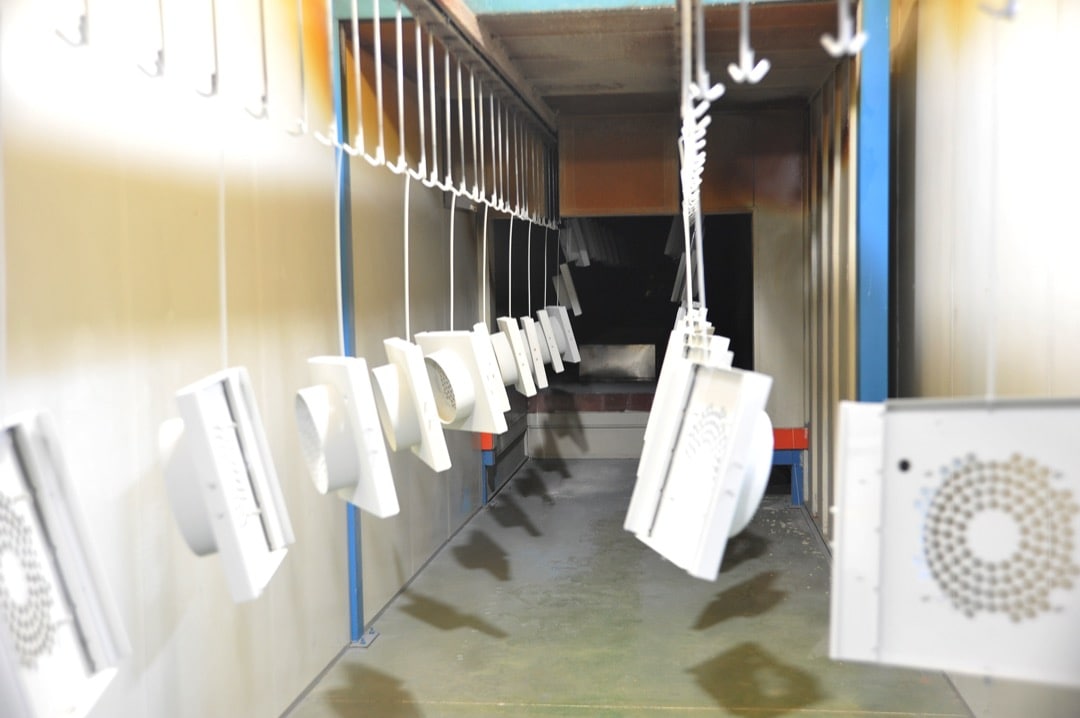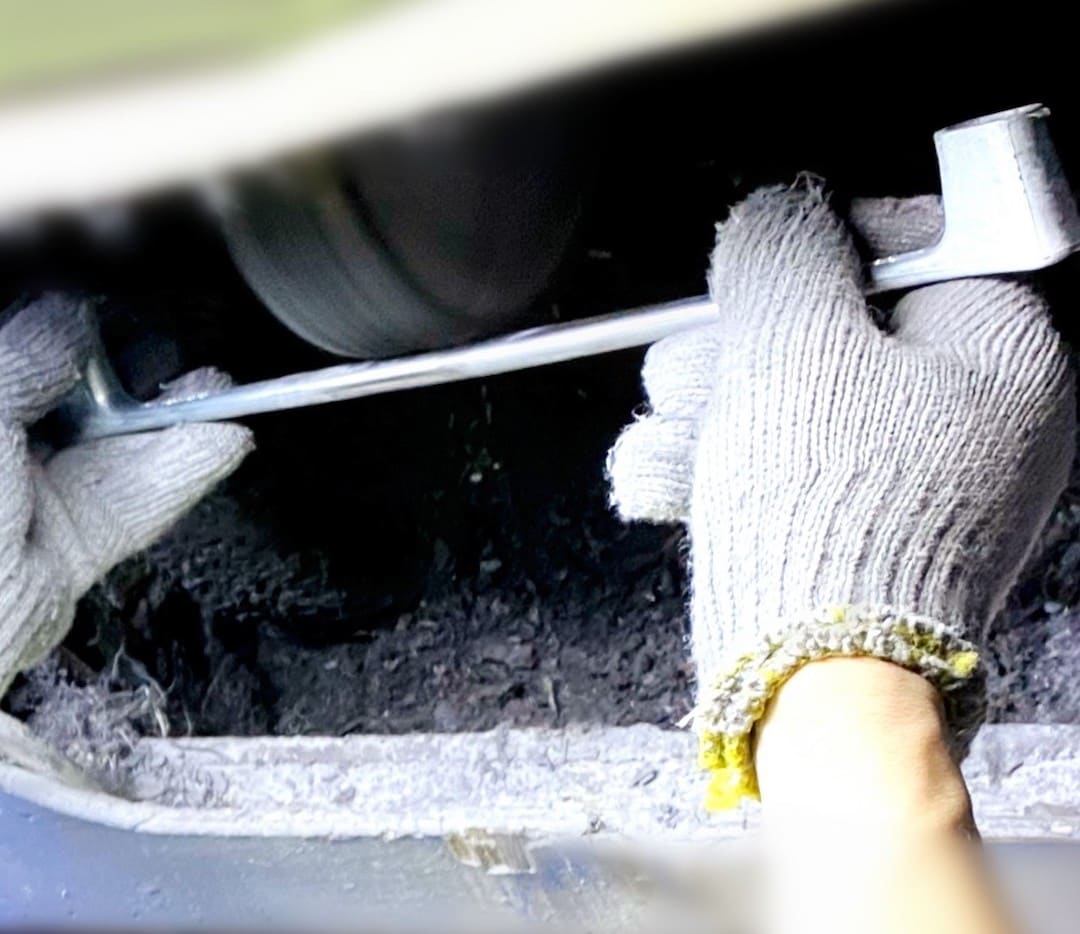Surface Finishing Processes

Source International – Surface Finishing Processes
IMPORTANCE OF SURFACE FINISHING PROCESSES
The unfinished surface of a manufactured product straight from the production line is often called mill finish. Surface Finishing Processes cover a broad range of industrial processes that remove, add or alter material or “complete” or finish the surface of a manufactured product. The primary reason is to improve its aesthetic appearance and/or its mechanical or chemical properties including corrosion resistance, tarnish resistance, chemical resistance, hardness, adhesion, wettability, solderability, wear resistance, or to modify its electrical conductivity or surface friction, among others.
A proper surface finish ensures that the final manufactured product looks better and lasts longer. Among the benefits obtained from surface finish processes, the following are key:
- Enhanced aesthetics
- Color and appearance flexibility
- Increased strength and resistance to wear
- Increased corrosion resistance
- Increased paint and coatings adhesion
- Reduction of surface defects
- Increased resistance to chemicals
- Improved electrical conductivity
One good industry source for surface finishing process is The National Association for Surface Finishing (NASF) which represents the interests of businesses and professionals throughout the surface coatings industry and puts on programs and activities to advance an environmentally and economically sustainable future for the finishing industry and to promote the vital role of surface technology in the global manufacturing value chain. Click here for a good overview of surface finish processes.
TYPES OF SURFACE FINISHING PROCESSES
Each surface finishing process achieves its purpose in a slightly different way and can be grouped in three broad categories depending on how the process works:
ADDING MATERIAL
Additive surface finishing processes add additional material(s) to the surface of the product including powder coating, galvanizing, electroplating, anodizing, cladding, plasma spraying, painting, dipping, and others.
REMOVING MATERIAL
Material is removed from the surface of the product either by using an abrasive media or with chemicals (commonly acid). Examples include sanding, sandblasting, mechanical polishing, buffing, electro-polishing barreling (vibration), grinding, etching, and others.
ALTERING OR RESHAPING MATERIAL
The surface of the material is deformed to change its shape, usually through the application of mechanical pressure or the material or chemical properties of the product’s surface are altered mechanically or chemically. Examples include pickling, passivation, flame polishing, carburization, and others.
SURFACE FINISHING PROCESSES FROM SOURCE INTERNATIONAL
With over 30 years of experience in manufacturing, Source International has perfected many surface finishing processes on a wide range of products. The Source International Engineering Team helps to specify the best surface finishing processes and train the workers to conduct the job following standard operating procedures. Then, our award-winning quality program kicks in to “trust but verify” that the finished products meet agreed specification before the product leaves the production floor, assuring that what arrives at your loading dock is pre-certified “good to go”.
Source International has several “flag ship” surface finishing processes where we have gained great skill and expertise through experience and training. Our “flag ship” surface finishing processes include Powder Coating, Electroplating, Galvanizing, Anodizing, and a variety of Abrasion techniques like Sanding, Polishing, Electropolishing, etc. We can meet the most exacting surface finishing standards, so tight, in fact not achievable by other companies. Our teams have the training and measurement instruments to assure accuracy, reliability, and repeatability. Our quality shows and we are proud to show it to you so that you can see for yourself what makes Source International’s process of surface finishing processes management different. Source International’s surface treatment factories are highly automated and equipped with most-advanced production lines to insure on-spec processing from first pre-treatment step to final finish step.
Powder Coating & Liquid Coating
In powder coating, static is used to deposit a dry powder and after the powder is deposited electrostatically, the metal part is heated at high temperatures to “melt” the flakes and fuse them together and to the metal surface. Source International uses the powder coating process in the furniture, automotive, farm equipment, electrical equipment, sports equipment, and more. In liquid coating as the name implies a liquid paint or coating material may be applied by spray, electrostatic, dipping, brush, and more.
Electroplating, Galvanizing, and Anodizing
For plating metals, the various types of electroplating all use of electricity to pass an electric current through a liquid bath. The bath is a solution containing ions of the metal being added and the material being treated is called the substrate. When applying the electric current, the substrate works as a cathode. Thus, it attracts the ions in the bath which are deposited on the treated surface.
This process provides a series of advantages that include increased durability, improved corrosion resistance, reduce surface friction and better aesthetics. Almost every metal can be treated with this process with the most common being zinc, copper, nickel, gold, silver, and others.
Electropolishing
The electropolishing process is similar to electroplating since they both use electricity and chemical reactions but with electropolishing the ions are removed from the surface being treated instead of being added as in electroplating. Electropolishing is commonly used for deburring and reducing the average surface roughness to achieve a smooth, level and clean surface, free of irregularities. Typical metals treated with electropolishing (especially when used in the food, medical, and pharmaceutical industries) include stainless steel, aluminum, copper, titanium, and nickel and copper alloys.
Sanding/Sandblasting/Polishing/Lapping/Grinding
When done manually, as it often still is, these surface finishing processes require relatively simple toolsn and equipment but very experienced workers. Recent advancements in automation have led to decreases the human labor component and added to the consistency and output reliability. The processes in this category work by removing a layer from the surface or reshaping it using different machining processes known as abrasive machining. This process is used to remove irregularities on the surface of the metal either dry or wet (using oils, water, or other liquids). Common metals requiring abrasive machining processes include aluminum, brass, cast iron, carbon steels, and stainless steels. Where fine finishes and high precision is required Lapping is commonly used for producing optical lenses, bearings, gauges, and the like.
HOW TO CHOOSE?
Contact the Source International Engineering Team for recommendations on the best suited and most cost-effective surface finishing for your products. The optimal process depends on several aspects including production speed (ie. how fast you need to deliver), hardness of metal, and the product cost and budget. While most surface finishes add minimal cost, some of the most complex processes may require tools and equipment that may require a higher budget.
Source International offers a wide range of precision surface finishing processes and delivers on-time, on-spec, every time. Our high-performance systems are engineered for eco-friendly, low energy consumption with super-accurate repeatability within extremely tight tolerances. Contact our team today to check your precision part specifications against our capabilities.
SUBSCRIBE TO OUR NEWSLETTER
Talk With Our Supply Chain Experts
SCHEDULE A CALLSOURCE INTERNATIONAL OPTIMIZES SUPPLY CHAINS
Whatever your procurement needs may be, Source International provides commodity and supply management expertise to allow you the most globally competitive prices combined with the best quality (always on-spec) and an on-time delivery in the industry. We engineer CSR (Corporate Social Responsibility) and ESG (Environmental, Social and Governance) concepts into all of our Asia and US operations and into our product development projects to seek the most sustainable product possible.
Send us an email to find out how we can add value to your global supply chain to save you time and money while increasing overall efficiency and product quality.

 ELECTROPLATING PROCESS
ELECTROPLATING PROCESS ELECTROPLATING PROCESS
ELECTROPLATING PROCESS POWDER COATING – SPRAYING
POWDER COATING – SPRAYING IN BOOTH DEGREASING & PHOSPHATING
IN BOOTH DEGREASING & PHOSPHATING POWDER COATING – FINAL CURING
POWDER COATING – FINAL CURING WORKER SANDING BY HAND
WORKER SANDING BY HAND SURFACE POLISHING BY HAND
SURFACE POLISHING BY HAND